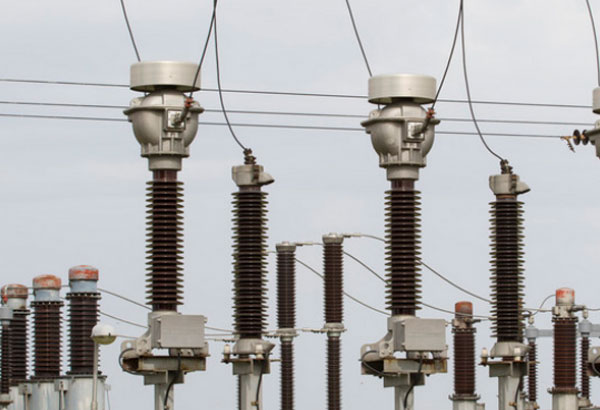Performance of post insulators
2022-09-14
2022-09-14
The basic properties of post insulators include electrical, mechanical and thermal properties. In addition, there are properties such as environmental resistance and aging resistance.

1.Electrical performance: The destructive discharge that occurs along the insulating surface is called flashover, and the flashover characteristic is the main electrical performance of the insulator. For different voltage levels, the withstand voltage requirements of insulators are different, and the indicators include power frequency, wet withstand voltage, lightning impulse withstand voltage, lightning impulse chopped wave withstand voltage, operation impulse withstand voltage, etc. To avoid breakdown during operation, the breakdown voltage of the insulator is higher than the flashover voltage. In the ex-factory test, the breakdown-type porcelain insulators generally undergo a spark test, that is, applying high voltage to cause frequent sparks on the insulating surface for a certain period of time to see if they are broken down. Some insulators are also subject to corona test, radio interference test, partial discharge test and dielectric loss test. The electrical strength of insulators at high altitudes decreases due to the decrease in air density. Therefore, the withstand voltage should be increased accordingly when converted to standard atmospheric conditions. The flashover voltage of dirty insulators when they are wet is much lower than their dry and wet flashover voltages. Therefore, in dirty areas, insulation must be strengthened or pollution-resistant insulators should be used, and their creepage ratio should be higher than that of normal ones. Compared with AC insulators, DC insulators have poor electric field distribution, adsorption of dirt particles and electrolysis, and low flashover voltage. Generally, special structural design and larger creepage distance are required.
2.Mechanical properties: The insulator is often affected by the gravity and tension of the wire, the wind force, the weight of the ice coating, the self-weight of the insulator, the vibration of the wire, the mechanical force of equipment operation, the short-circuit electric power, the earthquake and other mechanical forces during operation. Relevant standards have strict requirements on mechanical properties.
3.Thermal performance: Outdoor insulators are required to have the ability to withstand sudden temperature changes. For example, porcelain insulators require several cycles of cooling and heating without cracking. Due to the current passing through the insulating sleeve, the temperature rise of its parts and insulating parts and the allowable short-time current value must comply with the relevant standards.




